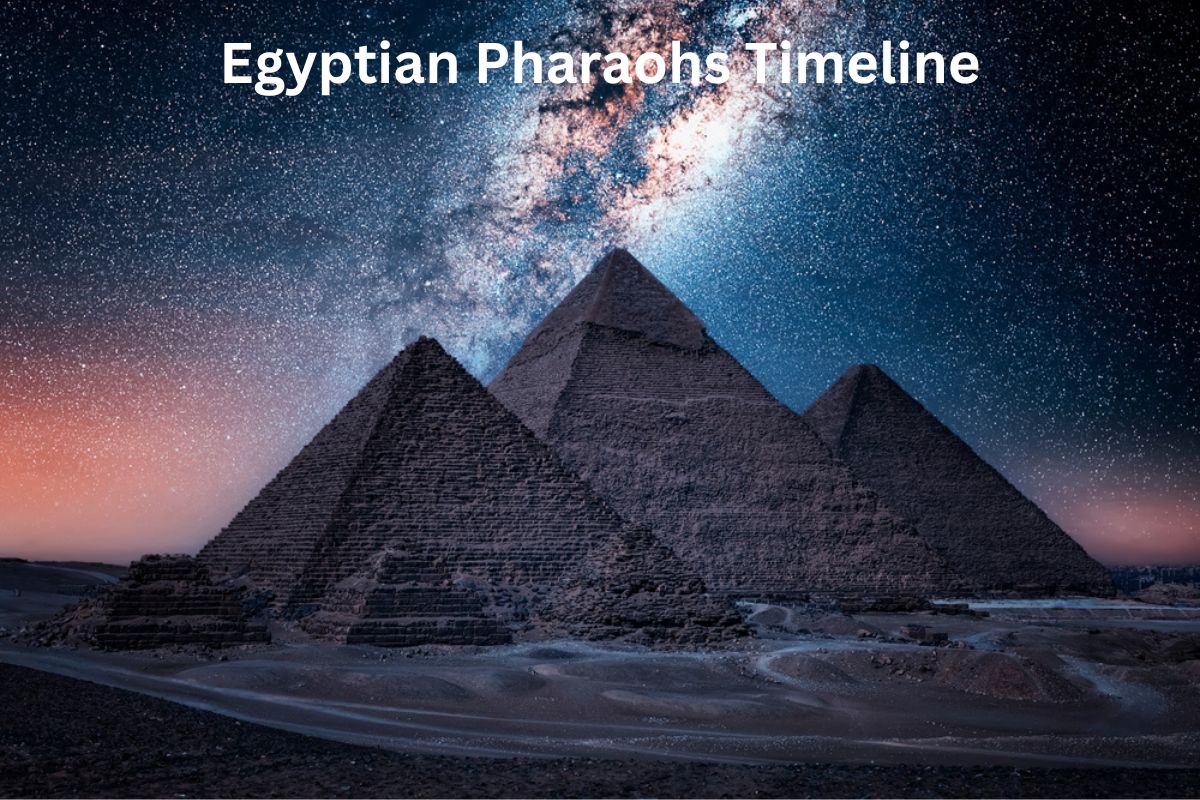The timeline of Egyptian pharaohs spans over 3000 years, from 3100 BCE to 30 BCE, across several distinct periods.
Starting with the Early Dynastic Period, Egypt was unified under its first pharaohs, leading to the Old Kingdom or the “Age of the Pyramids”. The First Intermediate Period, a time of instability, was followed by the Middle Kingdom’s cultural resurgence.
The Second Intermediate Period saw decentralization and foreign occupation before giving way to the imperial New Kingdom. The Third Intermediate Period marked a time of division and invasions, while the Late Period witnessed recovery and more invasions, ending in Persian rule.
After Alexander the Great’s conquest, the Ptolemaic Dynasty began, characterized by Greek rulers like Cleopatra VII, the last pharaoh of Egypt.
Following her rule, Egypt became a province of the Roman, then Byzantine Empires until Arab Muslims’ conquest in 641 CE. Throughout these periods, Egyptian pharaohs significantly contributed to architecture, religion, science, literature, and the arts.
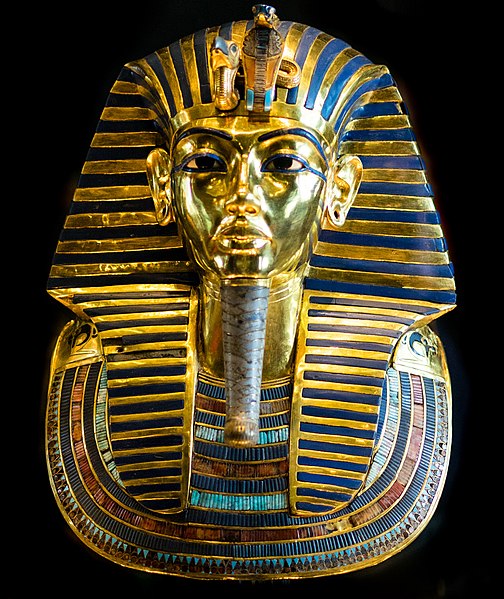
| Period | Approx. Dates | Dynasties | Notable Pharaohs |
|---|---|---|---|
| Early Dynastic Period | 3100-2686 BCE | First and Second | Narmer, Aha, Djer, Djet, Den, etc. |
| Old Kingdom | 2686-2181 BCE | Third to Sixth | Djoser, Sneferu, Khufu, Khafre, Menkaure |
| First Intermediate | 2181-2040 BCE | Seventh to Tenth | – |
| Middle Kingdom | 2040-1782 BCE | Eleventh to Fourteenth | Mentuhotep II, Amenemhat I, Senusret I |
| Second Intermediate | 1782-1570 BCE | Fifteenth to Seventeenth | – (Includes Hyksos invaders) |
| New Kingdom | 1570-1069 BCE | Eighteenth to Twentieth | Ahmose I, Hatshepsut, Thutmose III, Tutankhamun, Ramses II |
| Third Intermediate | 1069-664 BCE | Twenty-first to Twenty-fifth | – (Period of division and foreign invasions) |
| Late Period | 664-332 BCE | Twenty-sixth to Thirtieth | Psamtik I, Necho II |
| Ptolemaic Dynasty | 332-30 BCE | Hellenistic period | Cleopatra VII (Last Pharaoh of Egypt) |
| Roman and Byzantine Egypt | 30 BCE-641 CE | The Roman Period | – (Egypt as a province of Roman, later Byzantine Empire) |
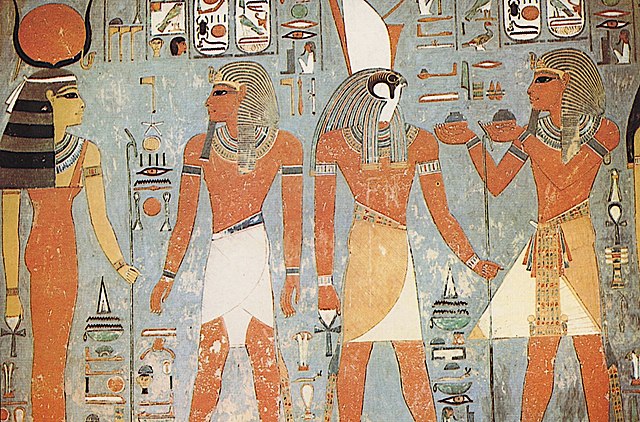
Timeline of the Egyptian Pharaohs
Early Dynastic Period (c. 3100-2686 BCE)
First Dynasty (c. 3100-2890 BCE) – This period begins with the unification of Upper and Lower Egypt, traditionally attributed to Pharaoh Narmer.
Other notable pharaohs include Aha, Djer, Djet, and Den. This period is characterized by the establishment of a centralized administrative system and the development of hieroglyphic writing.
Also Read: Timeline of the Pyramids of Egypt
Pharaohs of this era also began the custom of building elaborate tombs and funerary practices that became iconic in Egyptian culture.
Second Dynasty (c. 2890-2686 BCE) – This dynasty continued the cultural and political trends set by the First Dynasty. Notable pharaohs include Hotepsekhemwy, Raneb, and Nynetjer. The end of this period marks the beginning of the Old Kingdom.
Old Kingdom (c. 2686-2181 BCE)
Third to Sixth Dynasties – Often referred to as “the Age of the Pyramids,” the Old Kingdom is most famous for the construction of the pyramid complexes at Giza and Saqqara.
Pharaoh Djoser, under the architectural guidance of Imhotep, built the first step pyramid. Pharaohs Sneferu, Khufu (Cheops), Khafre (Chephren), and Menkaure (Mycerinus) built the famous pyramids at Giza, with Khufu’s being the largest.
The Old Kingdom is also characterized by its strong centralized government, prosperity, and advances in art and architecture.
First Intermediate Period (c. 2181-2040 BCE)
This period marks a time of political instability and decentralization following the Old Kingdom. It is characterized by a breakdown of the central authority, a time when regional governors, or nomarchs, gained power.
There were struggles for control of the country, leading to a series of short-lived dynasties (Seventh to Tenth). The period ended when the Theban king Mentuhotep II of the Eleventh Dynasty reunified Egypt, marking the start of the Middle Kingdom.
The First Intermediate Period also saw significant changes in art and literature, with a more somber tone reflecting the uncertainties of the time.
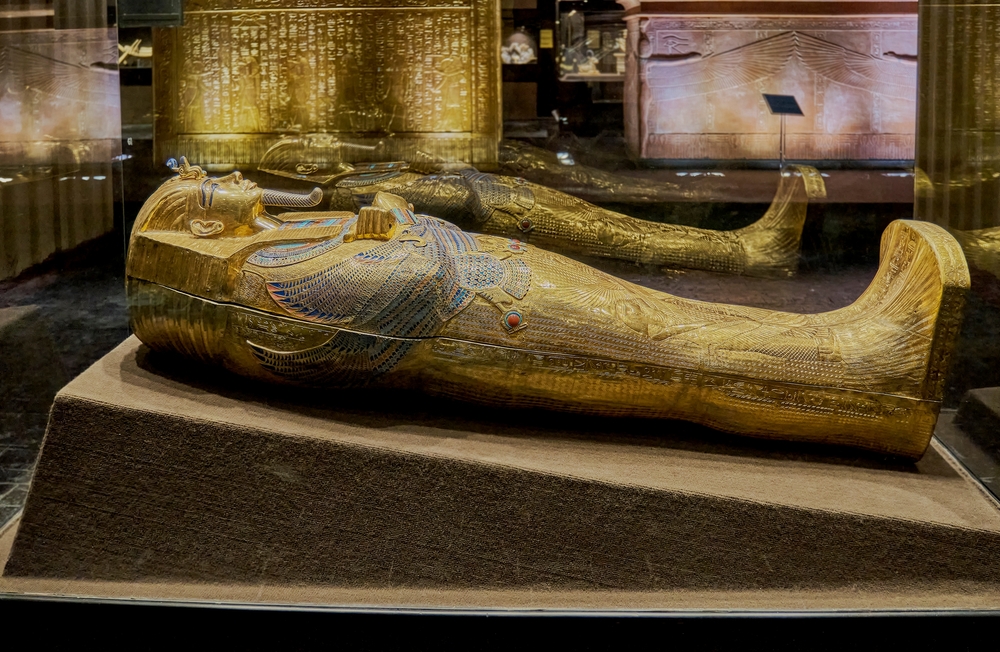
Middle Kingdom (c. 2040-1782 BCE)
Eleventh to Fourteenth Dynasties – The Middle Kingdom, often referred to as the period of reunification, marked the resurgence of a centralized Egyptian state and a return to a cultural ideal, recalling the Old Kingdom.
The reign of Mentuhotep II, who reunified Egypt after the First Intermediate Period, begins this era. The period saw a flourishing of literature, and continued architectural innovation.
Pharaohs such as Senusret III and Amenemhat III were powerful leaders during this time. The Middle Kingdom ended as central authority once again broke down.
Second Intermediate Period (c. 1782-1570 BCE)
Fifteenth to Seventeenth Dynasties – This period was marked by political fragmentation, social upheaval, and the conquest of the Hyksos, a foreign Asiatic dynasty that ruled in the northern part of Egypt.
The Hyksos introduced new tools of warfare into Egypt, such as the composite bow and horse-drawn chariot. Eventually, the Theban Seventeenth Dynasty led a successful war of liberation against the Hyksos, paving the way for the New Kingdom under Ahmose I.
New Kingdom (c. 1570-1069 BCE)
Eighteenth to Twentieth Dynasties – The New Kingdom, also referred to as the Egyptian Empire, is the period in ancient Egyptian history between the Sixteenth and Eleventh centuries BCE, covering the Eighteenth, Nineteenth, and Twentieth Dynasties.
The New Kingdom followed the Second Intermediate Period and was succeeded by the Third Intermediate Period. It was Egypt’s most prosperous time and marked the zenith of its power.
Notable pharaohs include Ahmose I, Hatshepsut (one of the few female pharaohs), Thutmose III (a great military pharaoh), Akhenaten (known for introducing monotheism), Tutankhamun (whose tomb was found mostly intact), and Ramses II (also known as Ramses the Great, noted for his building programs and for the Battle of Kadesh).
It was during this period that many of Egypt’s most famous landmarks, including the Colossi of Memnon, Abu Simbel, and the Valley of the Kings, were constructed.
Third Intermediate Period (c. 1069-664 BCE)
Twenty-first to Twenty-fifth Dynasties – During the Third Intermediate Period, the country was often divided, with different pharaohs ruling from the north and the south.
This period also saw invasions by foreign powers, including the Nubians from the south (25th Dynasty) and the Assyrians from the east.
Despite political instability, art and culture flourished during this time, and there were significant religious developments, such as the growth in power of the priesthood of Amun.
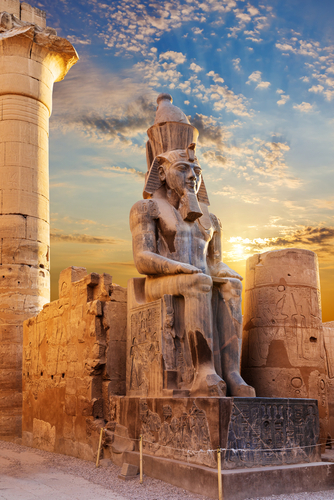
Late Period (c. 664-332 BCE)
Twenty-sixth to Thirtieth Dynasties: The Late Period of Egypt refers to the last flowering of native Egyptian rulers before the Persian conquest. It was a time of revival and resurgence of Egyptian culture, language, art, and architecture.
The period began with the liberation from Assyrian rule by the 26th Dynasty, often considered the last great native dynasty of Egypt.
Later, however, Egypt would be controlled by several foreign powers: Persians (27th and 31st Dynasties), a brief restoration of native rule (28th to 30th Dynasties), and then again Persians before the arrival of Alexander the Great.
Ptolemaic Dynasty (c. 332-30 BCE)
The Ptolemaic Dynasty was a Macedonian/Greek royal family which ruled the Ptolemaic Kingdom in Egypt during the Hellenistic period. Their rule lasted for 275 years, from 305 BC to 30 BC.
The Ptolemaic Kingdom was a powerful Hellenistic state, extending from southern Syria in the east, to Cyrene to the west, and south to the frontier with Nubia. Alexandria became the capital city and a center of Greek culture and trade.
The most famous member of this dynasty was Cleopatra VII, known for her relationships with Julius Caesar and Mark Antony of Rome. She was the last active ruler of the Ptolemaic Kingdom, and her death marked the end of Ptolemaic rule in Egypt.
Roman and Byzantine Egypt (c. 30 BCE-641 CE)
After Cleopatra’s death and the formal annexation of Egypt by the Roman Empire in 30 BCE, the country became a Roman province. This brought economic prosperity for many of the elite, but also increased taxation and corruption.
The Roman period also saw the gradual spread of Christianity throughout the province. In 395 CE, the Roman Empire split into East (Byzantine) and West, and Egypt became part of the Eastern or Byzantine Empire.
The Byzantine period continued until 641 CE when Egypt was conquered by the Arab Muslims, marking the end of nearly 700 years of Roman control and the beginning of the Islamic period in Egypt.
